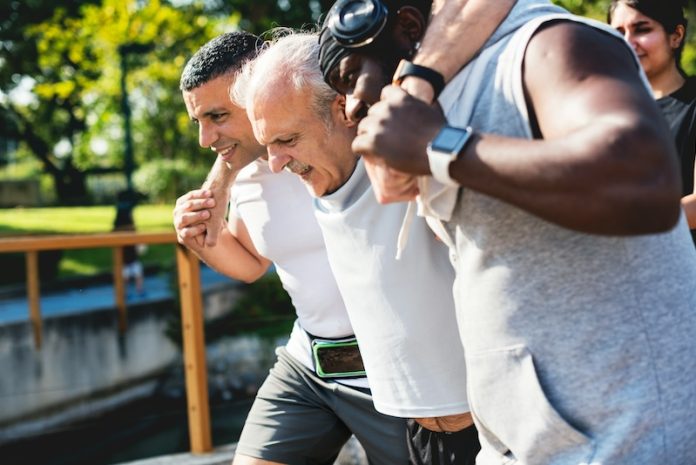
First aid has always been about quickly helping someone in trouble before professional help arrives. Over the years, people have been trained to handle common emergencies like chest pain, heavy bleeding, or recognizing a stroke.
Now, first aid guidelines have been updated to include newer, more specific advice for dealing with problems like opioid overdoses, open chest wounds, and even tick bites.
These updates were created by the American Heart Association and the American Red Cross and were published in the journal Circulation. It’s the first major update since 2010, reflecting how emergency situations and health challenges have evolved in recent years.
Dr. Elizabeth Hewett Brumberg, one of the leaders behind the new guidelines, emphasized how important first-aid training is in today’s world. As an assistant professor of pediatrics at the University of Pittsburgh, she explained that first aid isn’t just about performing specific actions.
It’s about noticing when something is wrong, figuring out what’s happening, and knowing how to prioritize what the person needs. Training helps people develop the skills to act quickly and effectively to save lives or reduce harm.
The updates build on methods that many people may already be familiar with. They also add more detailed advice for new and existing topics.
For instance, bystanders are now encouraged to learn how to recognize when someone needs professional medical help and how to use tools or medications that might already be available, like naloxone for opioid overdoses.
One of the biggest changes in the new guidelines is the range of situations they address. Beyond the basics, there’s now guidance for handling scenarios such as:
- Opioid overdoses: Knowing when and how to use naloxone, a life-saving medication for reversing overdoses.
- Open chest wounds: Safely managing these serious injuries.
- Tick bites: Preventing infection and other complications.
- Fainting: Recognizing signs and acting appropriately.
- Bleeding: Stopping external bleeding quickly and safely.
- Spinal injuries: Reducing the risk of further harm by limiting movement.
- Seizures: Helping someone during and after a seizure.
- Extreme temperatures: Dealing with heatstroke, frostbite, and hypothermia.
- Chest pain and strokes: Acting fast to get help when these occur.
The guidelines also stress the importance of staying within your own abilities when offering first aid.
Dr. Matthew J. Douma, another leader of the project and a professor of critical care medicine at the University of Alberta, highlights that acting calmly and respectfully is just as important as knowing what to do.
First aid isn’t about being a hero—it’s about doing your best to help while waiting for professionals to arrive.
Douma encourages everyone to take a first-aid course. “First aid saves lives,” he says. Training gives people confidence to respond in emergencies, and having a first aid kit nearby ensures you’re ready when something unexpected happens.
These updates are a reminder that anyone can make a difference. Whether it’s helping someone who’s overdosed, stopping a wound from bleeding, or assisting during a stroke, knowing what to do in those critical moments can save lives.
If you care about arthritis, please read studies about extra virgin olive oil for arthritis, and pomegranate: A natural treatment for rheumatoid arthritis.
For more information about arthritis, please see recent studies about how to live pain-free with arthritis, and results showing medical cannabis may help reduce arthritis pain, back pain.
The research findings can be found in Circulation.
Copyright © 2024 Knowridge Science Report. All rights reserved.



